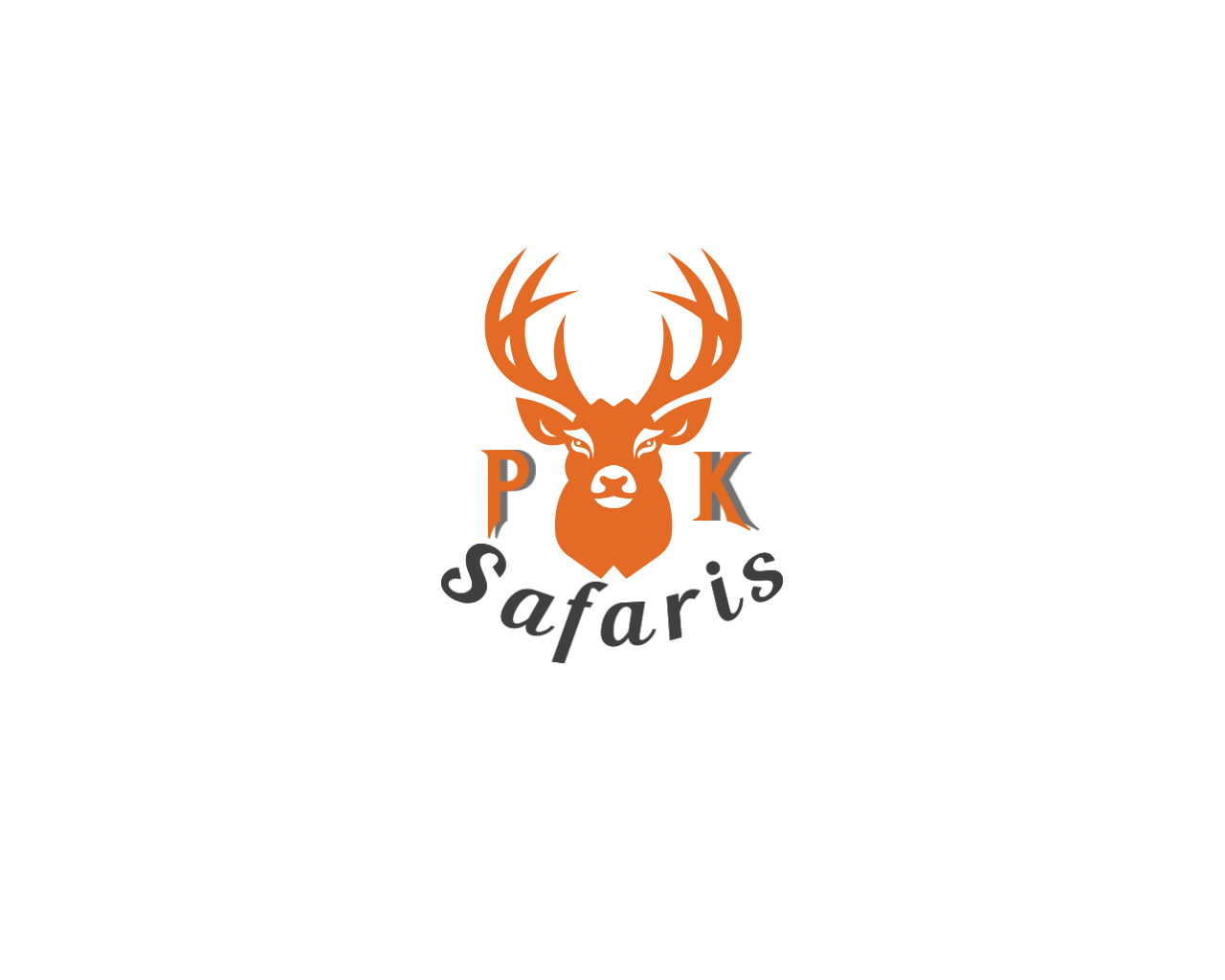Best Time to Visit Kenya: Seasons, Weather, and Wildlife
Kenya is a year-round destination, but the best time to visit depends on what you want to experience. Whether you’re dreaming of witnessing the Great Migration, exploring lush landscapes, or enjoying sunny beach days, Kenya has something for every traveler. At PK Safaris, we’ve created this guide to help you plan your trip during the perfect season for your adventure.
In this post, we’ll break down Kenya’s seasons, weather patterns, and wildlife activity to help you decide when to visit. Let’s dive in!
1. Kenya’s Seasons: Dry vs. Wet
Kenya has two main seasons: the dry season and the wet season. Each offers unique experiences, so let’s explore them in detail.
Dry Season (June to October)
The dry season is the most popular time to visit Kenya. With sunny skies, minimal rainfall, and excellent wildlife viewing, it’s the ideal time for safaris.
- Weather: Warm days (20-28°C) and cool nights (10-15°C).
- Wildlife: Animals gather around waterholes, making them easier to spot. The Great Migration peaks in the Maasai Mara from July to September.
- Best for: Game drives, photography, and outdoor activities.

Caption: The Maasai Mara during the dry season, with herds of wildebeest and zebras.
Wet Season (November to May)
The wet season is divided into the short rains (November to December) and the long rains (March to May). While it’s less crowded, the wet season offers lush landscapes and unique wildlife experiences.
- Weather: Warm and humid, with occasional heavy rainfall.
- Wildlife: Birdwatching is at its best, and many animals give birth during this time.
- Best for: Birdwatching, lush scenery, and lower prices.

Caption: Kenya’s lush green landscapes during the wet season.
2. Wildlife Highlights by Season
Kenya’s wildlife activity varies throughout the year. Here’s what you can expect:
Great Migration (July to October)
The Great Migration is one of nature’s most spectacular events. Millions of wildebeest, zebras, and gazelles cross the Mara River into the Maasai Mara, followed by predators like lions and crocodiles.
- Best time to visit: July to September.
- Where to go: Maasai Mara National Reserve.

Caption: Wildebeest crossing the Mara River during the Great Migration.
Calving Season (January to February)
During the short dry period between the rains, many herbivores give birth to their young. This attracts predators, making it an exciting time for wildlife viewing.
- Best time to visit: January to February.
- Where to go: Maasai Mara and Amboseli National Park.

Caption: A newborn wildebeest calf in the Maasai Mara.
3. Month-by-Month Guide
Here’s a quick overview of what to expect each month in Kenya:
- January-February: Warm and dry; great for wildlife viewing and birdwatching.
- March-May: Long rains; lush landscapes but fewer tourists.
- June-October: Dry season; peak wildlife activity and the Great Migration.
- November-December: Short rains; green scenery and fewer crowds.
4. Tips for Choosing the Best Time to Visit
- For wildlife enthusiasts: Visit during the dry season (June to October) for the best game viewing.
- For budget travelers: The wet season (November to May) offers lower prices and fewer crowds.
- For birdwatchers: November to April is the best time to spot migratory birds.
- For beach lovers: Kenya’s coast is warm year-round, but the dry season is ideal for sunny days.
5. Why Choose PK Safaris?
At PK Safaris, we specialize in creating unforgettable safari experiences tailored to your preferences. Whether you want to witness the Great Migration, explore Kenya’s hidden gems, or relax on the coast, we’ll help you plan the perfect trip.
Ready to start your adventure? Contact us today to book your dream safari!

Caption: Book your Kenya safari with PK Safaris and experience the adventure of a lifetime!










